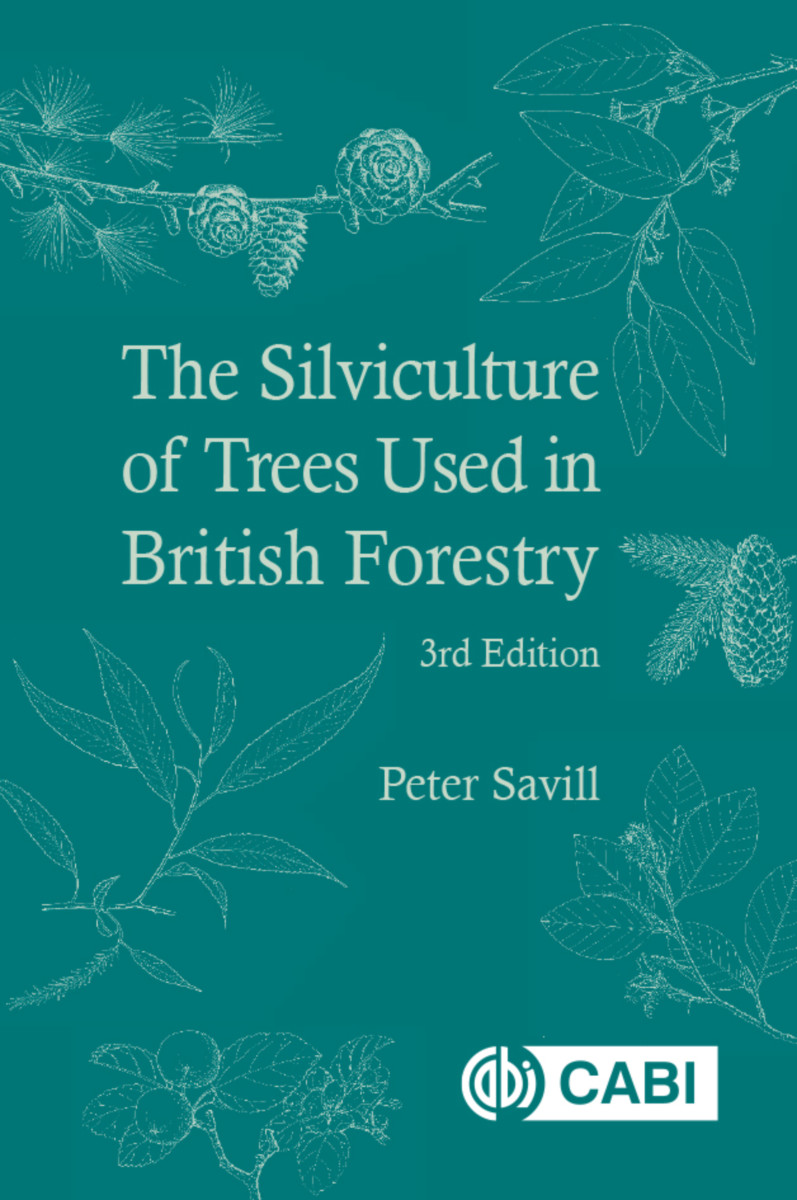The Silviculture of Trees Used in British Forestry Edition 3
- Publisher
CABI - Published
28th May 2019 - ISBN 9781786393920
- Language English
- Pages 384 pp.
- Size 6" x 9"
British woodlands and forests are often located on sites and in regions that are marginal for agriculture; many are at high elevations and exposed, with short growing seasons. Wherever forests are located, site and climatic conditions must dictate species choice in forest management. This book provides a detailed guide to the biological suitability of different sites and soils for all important native trees and the most extensively used exotics. Apart from physical difficulties such as steepness and stoniness, forest soils also frequently have problems associated with them. They can be waterlogged or drought-prone, suffer from extremes of acidity or alkalinity, or have compacted layers.
The book provides information on species suitability for different purposes. It includes details of species origin and introduction (where applicable), as well as their climatic and soil requirements and other silvicultural characteristics. Information about provenance, yield and timber is also provided. Fully updated throughout, this third edition puts more emphasis on species suitable for changing climatic conditions, with accounts of several species that may become more prominent in British forests: including several silver firs, hickories, eucalypts, spruces, poplars and wingnuts. The book concludes with simple keys for identifying the trees most likely to be encountered in British forests. It is an essential resource for students, researchers and forestry professionals.


